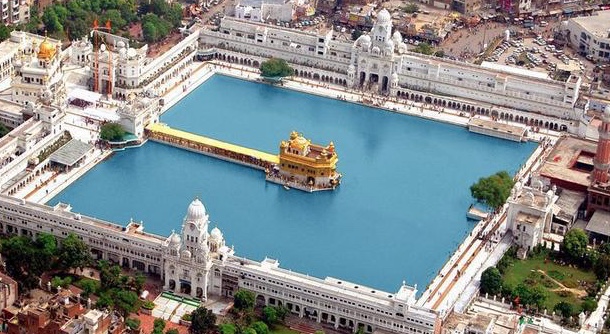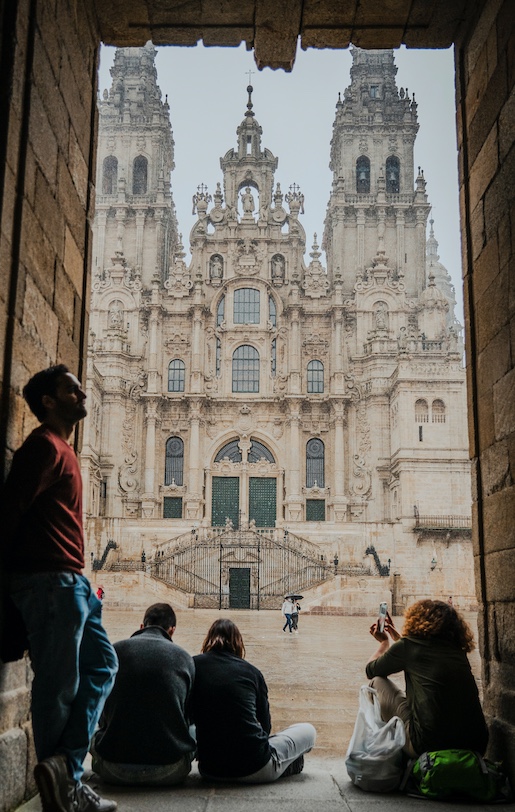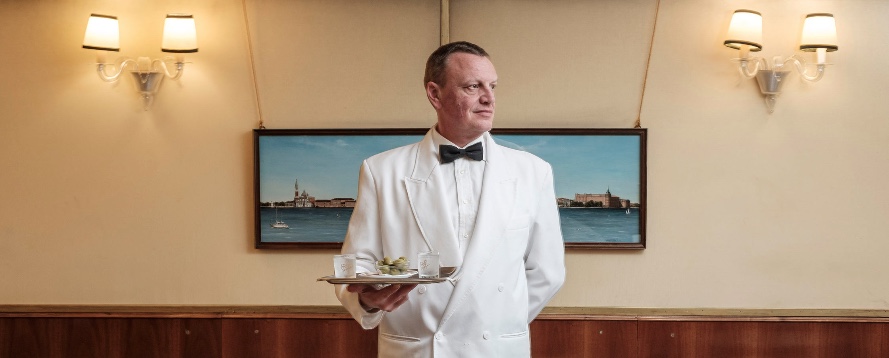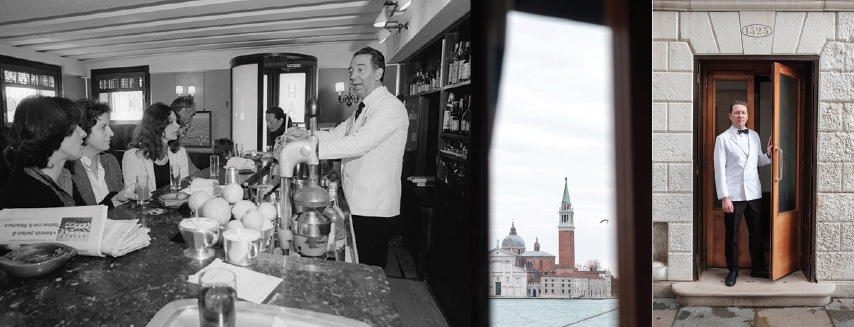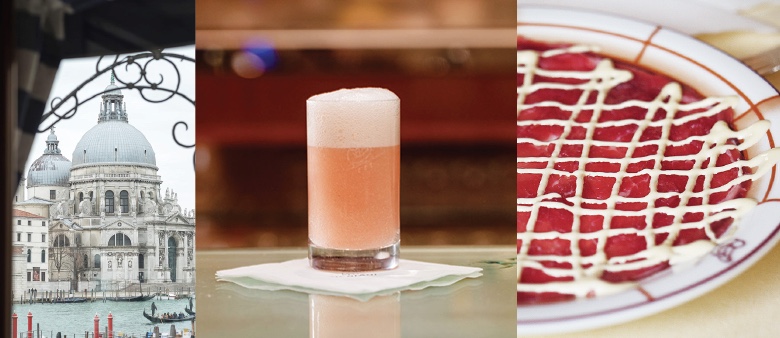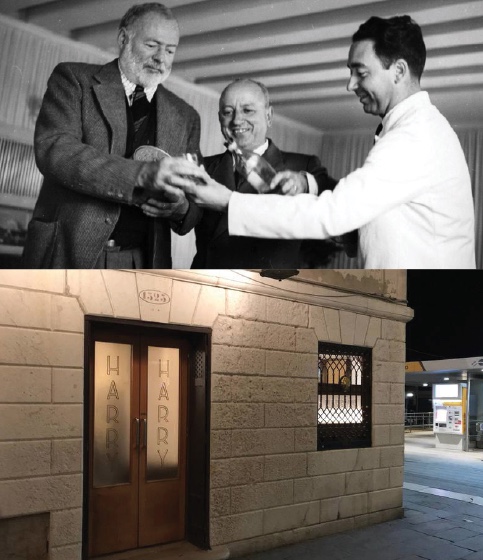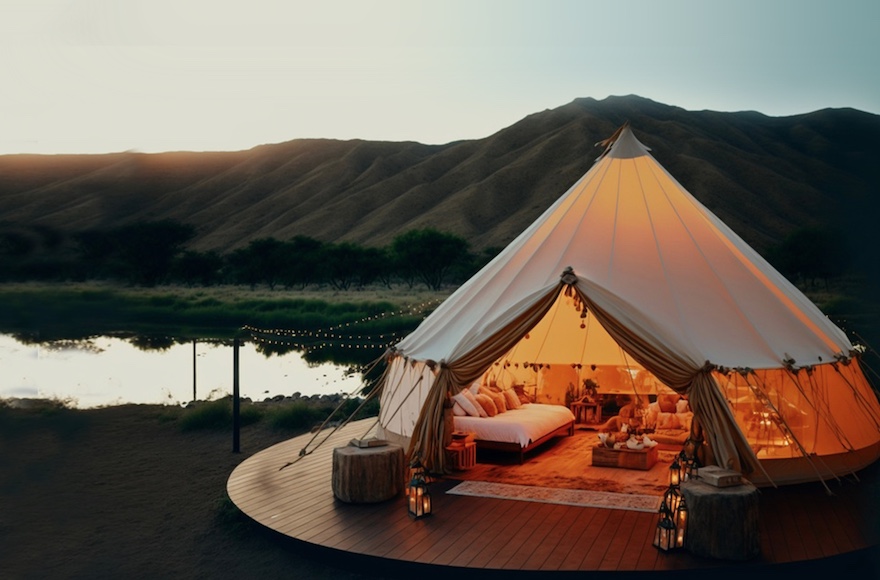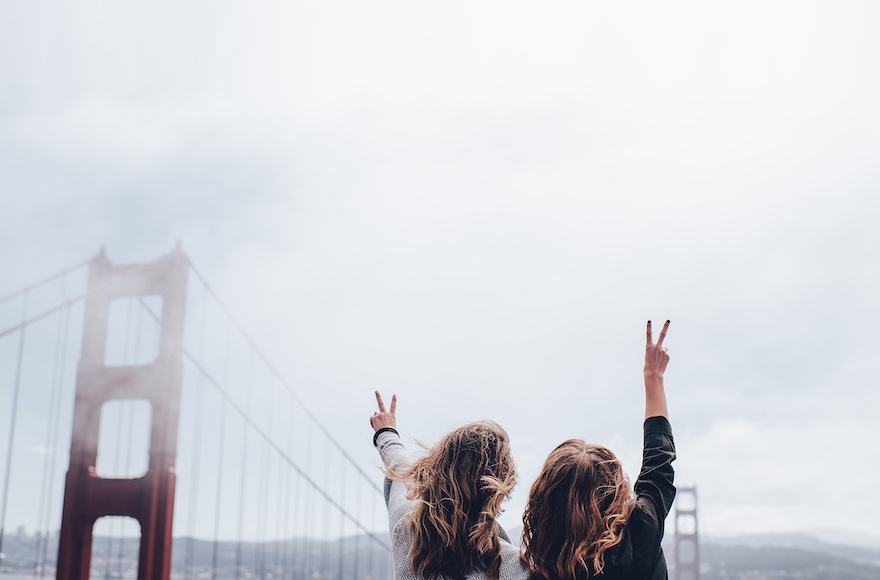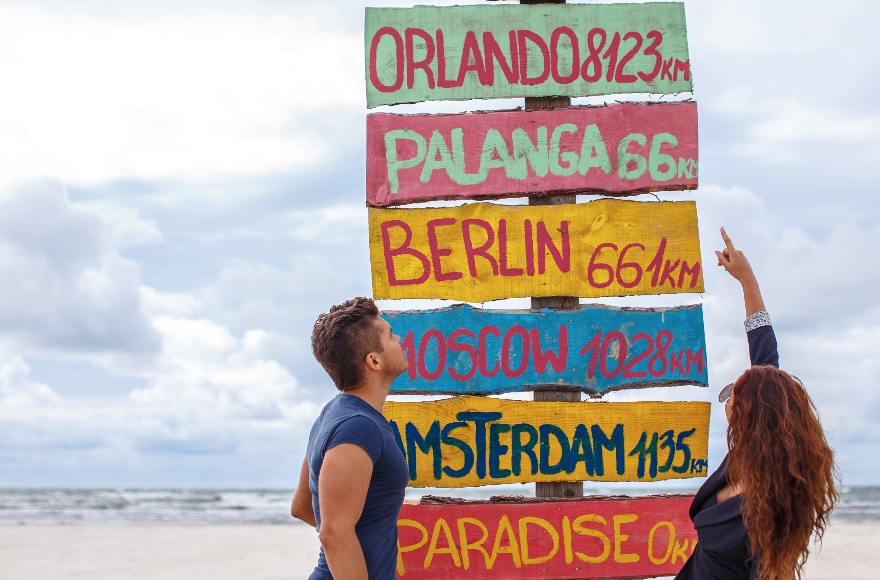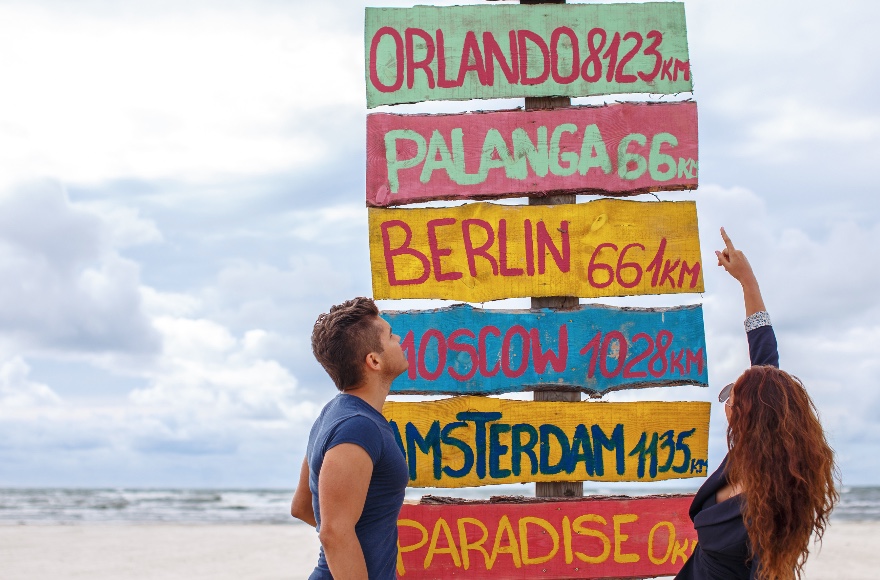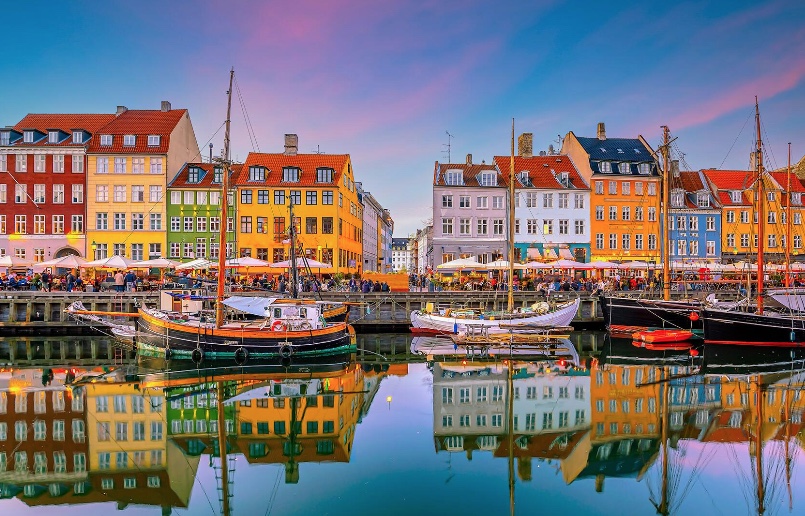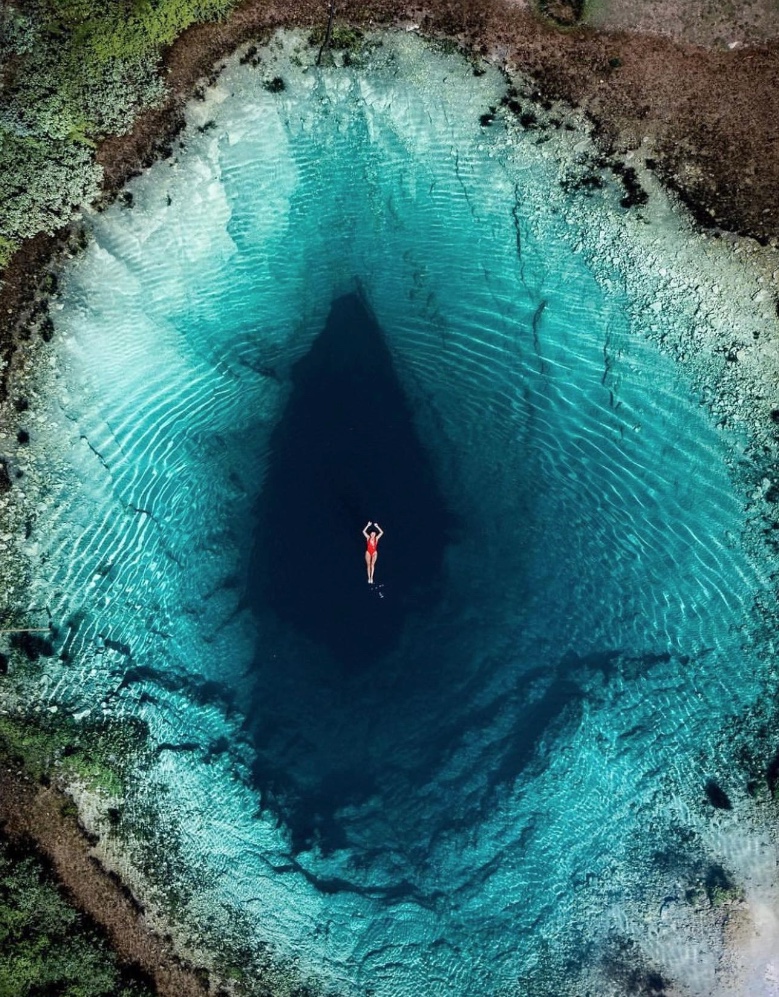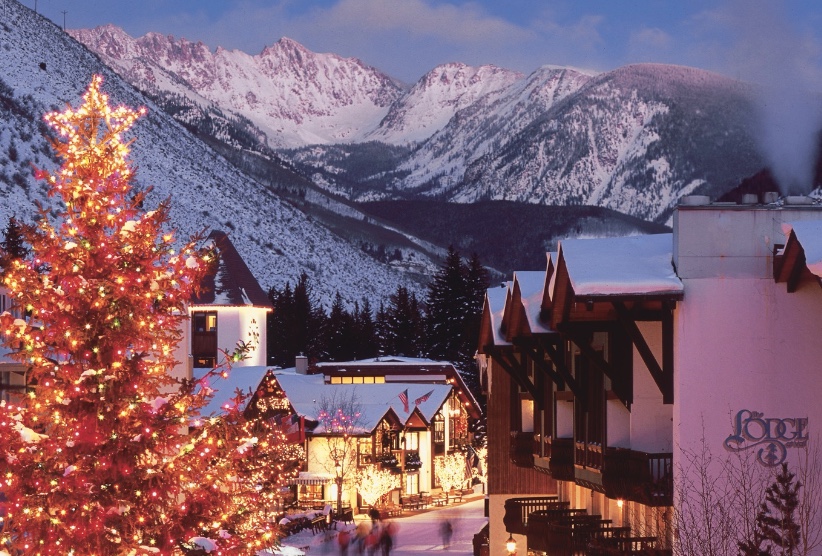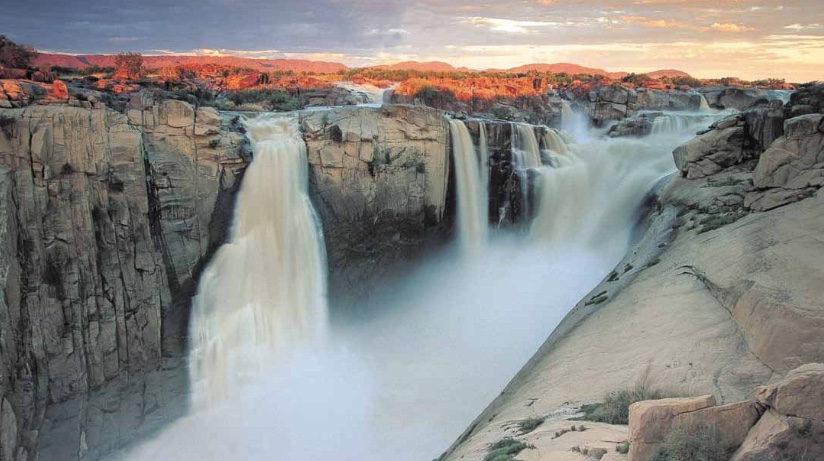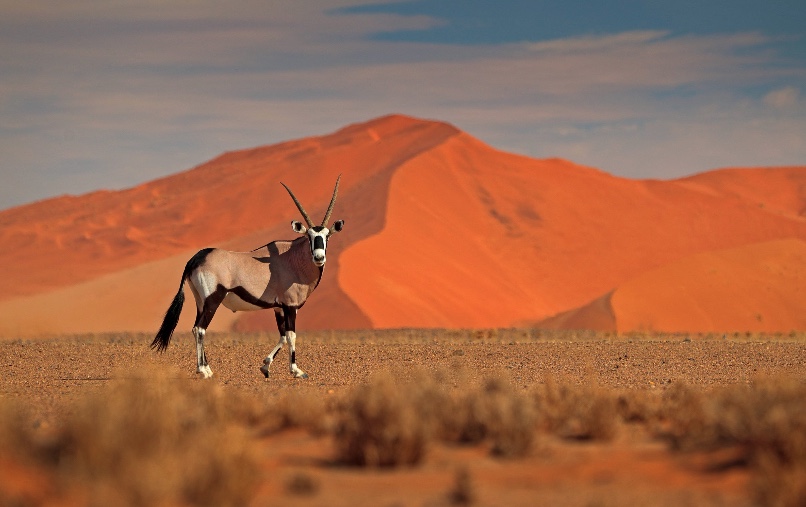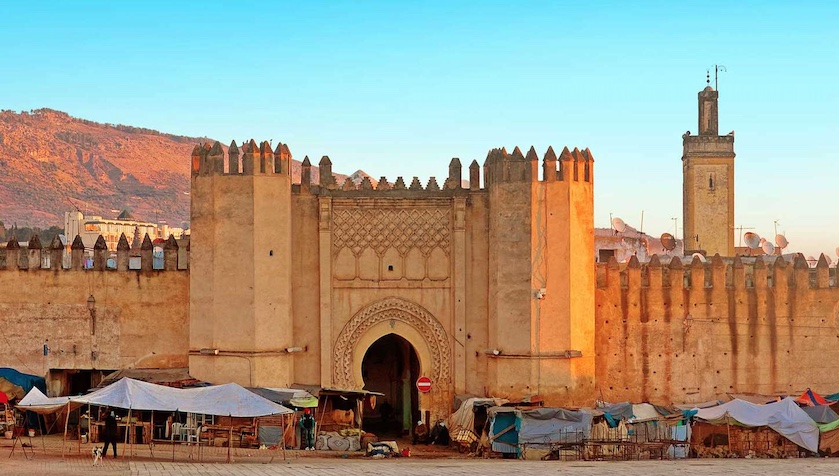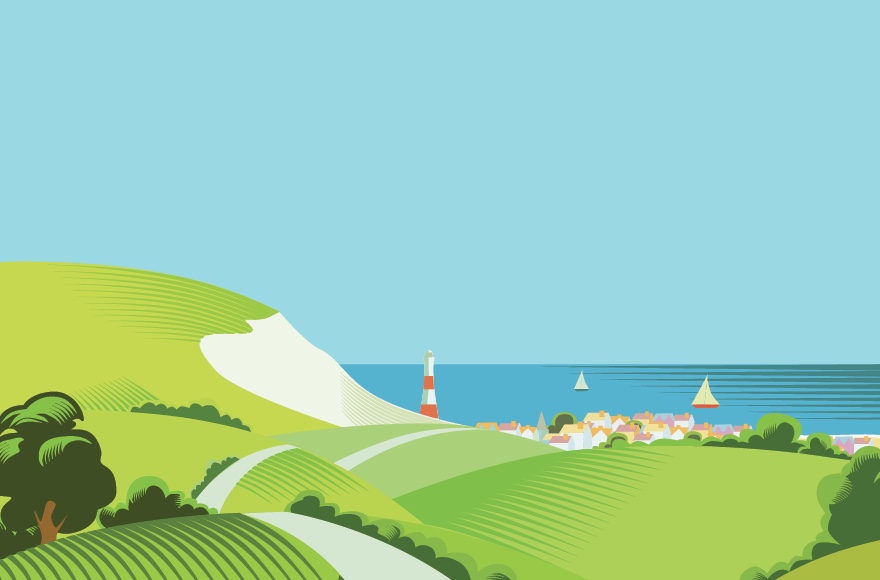Time is Short, take Time to Travel
Religious Trips
Religious tourism, which is also known as faith tourism, is the type of tourism whereby people of faith travel in groups for reasons related to religion or spirituality in their quest for meaning. It could be under pilgrimage, missionary, or leisure purposes. For solo travellers, it is an opportunity to join a religious group and embrace the experience with others.
If joining an organised religious trip appeals to you, there are pilgrimages arranged by specialised companies or places of worship often organise their own travel groups. This enables the traveller to experience a profound journey with others you may already know and who you certainly share a regular religious experience with.
Practiced since the dawn of civilisation, religious tourism one of the oldest forms of tourism. For religious travellers, it is not a vacation exactly but, a transformational journey during which, new insights are given, a deeper understanding is attained, new and old places in the heart are visited, blessings are received, healing takes place, and after this journey, life is seen with different eyes.
Pilgrimage is not only a widespread and important practice in Christianity but also in other major religious traditions, such as Buddhism, Hinduism, Islam, Judaism and Sikhism.
Pilgrims pay homage to the sacred places and their Gods by traveling around the world (or even if just in the country). These sacred or holy sites may include the place of birth or death of founders (or saints), or the place of their calling or spiritual awakening, or of their connection (visual or verbal) with the divine, to locations where miracles were performed or witnessed, or locations where a deity is said to have lived, or any site that is seen to have special spiritual powers. The religious tourists attach spiritual importance to these sites, which are commemorated with shrines or temples that devotees are encouraged to visit for their own spiritual benefit.
These benefits would be to confirm, deepen or reflect upon their faith. Some visit with the desire to be healed from an ailment or illness. Others are asking spiritual questions and hoping for some answers.
Religious tourism includes many facets of the travel industry. These include:
• Visit religious tourist attractions
• Go for pilgrimages: Pilgrimage, as a part of religious tourism, is the act of moving from one place to another, often traveling through foreign lands; an ordered march of a group of people, usually with a religious connotation.
• Monastery visits and guest stays
• Retreats
• Faith-based cruises and Faith-based camps
• Religious conventions and rallies
There are a number of world famous and religiously significant destinations that organised religious trips visit.
These include, for Muslims, Mecca is hugely popular and is Islam’s holiest city and the birthplace of the prophet Muhammad. Pilgrims gather here once a year to recreate Muhammad’s path as the native son returned to his tribal home the leader
Sikhs visit at the Golden Temple. It is a gurdwara located in the city of Amritsar, Punjab, India. It is the preeminent spiritual site of Sikhism and is one of the holiest sites in Sikhism, alongside the Gurdwara Darbar Sahib Kartarpur in Kartarpur, and Gurdwara Janam Asthan in Nankana Sahib. Christians flock to not only Jerusalem and Bethlehem but European shrines such as Lourdes in France.Every year, Lourdes welcomes millions of pilgrims and visitors from all over the world, following in Bernadette Soubirous’ footsteps on their pilgrimage.
Naturally, the shrine or location of a pilgrimage is a wondrous place in itself but there is also the surrounding village, city or area to explore and enjoy. Visiting a religious site can be emotionally and psychologically energising but also quite tiring in its own way. That is why venturing away for a few hours is a healthy idea. Travelling with a group gives you an immediate friendship circle to explore with. This is particularly valuable if you joined the organised trip as a solo traveller.
When visiting as part of an organised group, a positive aspect is that the planning details will not be so overwhelming.
Booking accommodation, transportation, excursions and flights can take a lot of planning, especially abroad.
Having to use an unknown language and unfamiliar currency – even catching a taxi can all be issues. When you go in a tour group, those challenges are off your shoulders. All you have to do is pack and show up for your flight while someone else does the work for you.
A reoccurring theme from travellers is about the relationships they built with the people they meet on their religious tours.
A religious trip, much like any other, brings individuals with a shared interest, indeed passion, to a religious shrine or place of religious or spiritual significance. Those visiting will share a unique experience that enriches the whole experience.
Friendships and connections created by religious travel are priceless and often last a lifetime. Individuals often become long-term friends with their tour roommates. When you travel with like-minded people, you connect in ways you might not have expected.
Although a religious or spiritual experience is very personal for everyone, the shared experience is powerful in a different way. Similar to any experience that is viewed by many people, we look at physical shrines and objects through our own gaze but we are sharing the feeling with those who are with us.
Travelling as part of an organised religious group offers logistical and practical support, regarding all manner of arrangements.
It also gives us a sense of community and camaraderie. We all take various elements from a travel experience. A spiritual trip adds another layer to the overall joy and fulfilment we are seeking.
The choice of religious pilgrimages is deeply personal and travelling as part of a religious group can offer up not only spiritually enriching rewards but a particular kind of companionship that is quite unique to the human experience.
Exploring the Timeless Charm of Harry’s Bar in Venice
There are bars that have invented famous cocktails. There are restaurants that have invented famous dishes. There are very few places that have done both.
Venice, a city renowned for its romantic canals, stunning architecture, and rich history, has long captivated the hearts of travelers from around the world. Nestled in this labyrinth of waterways and alleyways is a hidden gem that has stood the test of time and continues to enchant visitors with its classic elegance and historical significance – Harry’s Bar.
A Historical Haven
Established in 1931 by Giuseppe Cipriani, Harry’s Bar holds a special place in Venetian history. Named after an American expatriate named Harry Pickering, the bar quickly became a haven for artists, writers, celebrities, and discerning locals. Its unassuming exterior conceals a world of tradition, culinary excellence, and intimate charm.
How the opening and naming of “Harry’s Bar” came about is almsot perfectly crafted to add to the legend.
A young American student Harry Pickering, came to Venice with his aunt in the 1920’s, to treat his alcohol addiction. Apparently, Harry was left alone by his aunt in Venice without money; after a fight.
Giuseppe Cipriani, bartender at the Europa & Britannia hotel where Harry was staying, gave 10.000 lire to this young man to help him to get back to the USA. After two years, Harry came back to Venice, cured of his drink problems and gave Cipriani the money he borrowed from him, plus an extra 30.000 lire to help open his own bar. Cipriani decided to name his place “Harry’s Bar”, as a gesture of gratitude to Harry Pickering and was opened on May 13th 1931.
Cipriani’s venture had an immediate success, building up a clientele drawn from the intellectual, the wealthy and the aristocratic. The first and last “Guest Book” contains amongst others, the signatures of Rino Amato, Arturo Toscanini, Georges Braque, Truman Capote, Charlie Chaplin, Peggy Guggenheim, Barbara Hutton, Somerset Maugham, Gregoire Hetzel, Barbara Carlotti, Mauro Gioia and Orson Wells.
It is reported that the bar had some issues with the fascist authorities of the time; due to certain clients who attended the place. The bar was seen as a meeting point of rich Jews and homosexuals. With the racial laws of 1938, Cipriani was obliged to display in his bar the sign to ban Jews. He was able to bypass that order by displaying the sign on the kitchen door and not on the bar door.
During WW2, the bar became the canteen for sailors; only restarting “business as usual”, at the end of the war.
During the winter between 1949 and 1950, the American writer Ernest Hemingway, became a permanent client. He had his personal table and befriended Cipriani. Over that period, he was putting the finishing touches to his book “Across the river and into the trees”; in which Harry’s Bar is often mentioned.
The establishment was also briefly mentioned in the second and subsequent editions of Evelyn Waugh’s novel Brideshead Revisited (in the first edition Waugh simply called the bar “the English bar”). It was a frequent haunt of principal characters Charles Ryder and Sebastian Flyte, during their time in Venice.
Location and Ambiance
Harry’s Bar is discreetly located near St. Mark’s Square, adding an air of exclusivity to its allure. Its unassuming façade gives way to an interior that exudes Old-World charm with dark wood accents and classic decor. The warm, inviting ambiance pays homage to its storied past, inviting you to step back in time and savor this legendary establishment
The Culinary Icons
Harry’s reputation was built on the premise that,“There are bars that have invented famous cocktails. There are restaurants that have invented famous dishes. There are very few places that have done both”.
The Bellini cocktail a mixture of white peach juice and sparkling prosecco, was named after the 15th century Venetian painter, Giovanni Bellini. The dish of Carpaccio of Beef, a plate of trimmed sirloin sliced wafer thin and dressed with a touch of mayonnaise mixed with lemon juice. It was said to have been invented for an Italian Contessa, who was on a diet free of cooked meat. It was also was named after the Italian painter Vittore Carpaccio; who was famous for his love of deep reds.
Apart from the Bellini, Harry’s Bar is also famous for its dry Martini, which is served in a small glass without a stem. Their dry martinis are very dry, apparently with the ratio of 10 parts gin to 1 part vermouth. This is an adaptation of the Montgomery Martini, which is 15 parts gin to 1 part of dry vermouth.
The legacy
Harry’s Bar in Venice stands as a testament to the intersection of culinary artistry, creative inspiration, and timeless elegance. As you step through its doors, you’re not just entering a bar; you’re stepping into a chapter of history that continues to captivate and inspire. Raise a Bellini, savor a Carpaccio, and let the spirit of Harry’s Bar envelop you in an experience that’s as authentic as it is unforgettable.
Classic Peach Bellini
Ingredients:
• Ripe peaches (or use frozen peach slices)
• Prosecco (or any other sparkling wine)
• Lemon juice (optional)
• Fresh raspberries or peach slices for garnish (optional)
• Ice (optional)
Instructions:
If using fresh peaches, peel and pit them, then chop them into small pieces. If using frozen peach slices, allow them to thaw slightly.
Blend the peach pieces in a blender to get a smooth purée. If the purée is too thick, a splash of lemon juice to achieve consistency and taste.
Chill your glasses in the refrigerator for a little while before serving. This helps keep the Bellini cold.
Pour about 2-3 tablespoons of peach purée into each chilled glass.
Slowly pour chilled Prosecco into each glass, filling it up. You can adjust the amount of Prosecco to your taste, but a traditional Bellini is usually around 2 parts Prosecco to 1 part peach purée.
Gently stir the mixture in each glass to combine the peach purée and Prosecco.
If desired, you can add a couple of ice cubes to each glass to keep the Bellini cold.
Garnish with a fresh raspberry or a slice of peach, if you like.
Serve the Bellinis immediately and enjoy!


